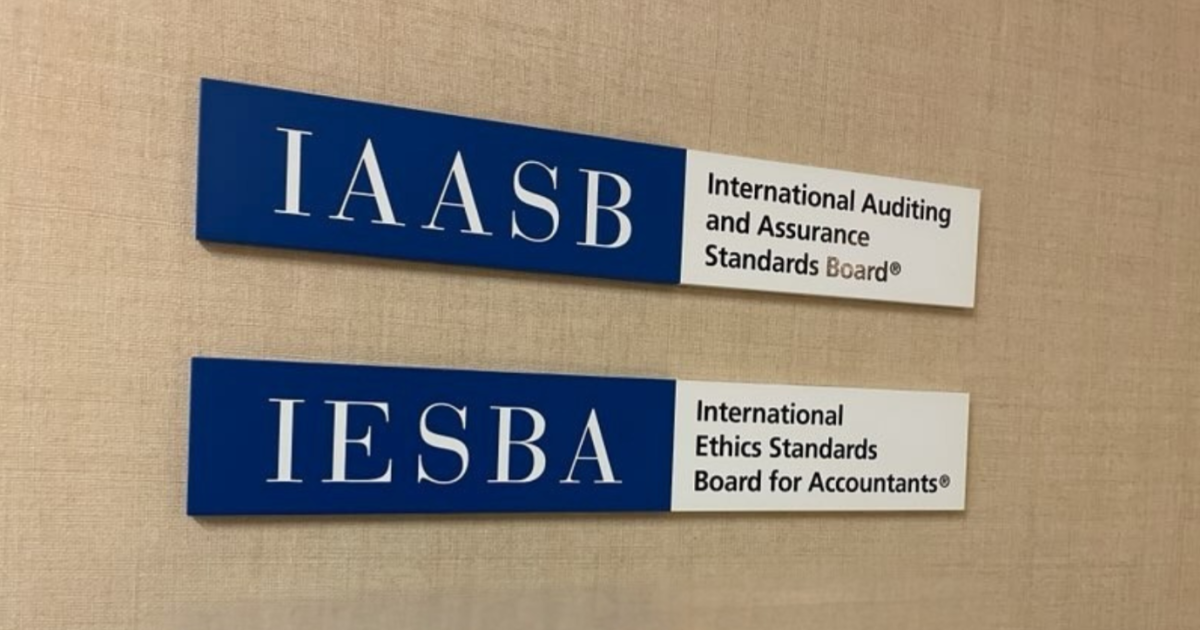Diya Jolly, Xero’s chief product and technology officer, announced several new products and enhancements aimed at the three critical jobs CEO Sukhinder Singh Cassidy had previously outlined (see previous story). She spoke during Xero’s annual Xerocon event in Nashville today.
One was an enhanced bank feed experience that bolsters the core accounting functionality of the platform. Jolly noted that, over the past 18 months, Xero has increased the number of its direct feeds into US and Canadian banks from 20 to over 700 through partnerships with aggregators like Yodlee and Flinks, and plans for “hundreds more” in the future. These aggregators are important because it allows Xero to set up feeds even for banks that do not provide a direct connection. It also allows Xero to monitor bank feed statuses and notify the user if one becomes unavailable. Further, even if a bank doesn’t allow direct digital feeds at all, users can also upload PDFs of bank statements to Xero, which then extracts line item data that can then be re-imported into the system.
Another was the new bank reconciliation feature that accounts for the unique nature of such tasks in the North American market. Jolly, in a later interview, noted that the “in other countries you get your bank feed, you get the transactions like your invoices and bills, and you reconcile them and you’re done.” Working in the North American market, though, requires a somewhat different approach because, generally, accountants need to reconcile everything through a specific bank statement, say from the 7th of one month to the 7th of the next month, which means some transactions wind up getting pushed out to another statement.
“Now you can put a bound across the transactions. Sometimes what happens with your transaction dates is I might pay a bill on the 7th and the credit card statement says the 7th but in the bank statement it says the 12th. You need the ability to move transactions around and adjust them so whatever is on your bank statement [is accurate],” she said.
The new feature allows accountants and bookkeepers to easily identify discrepancies between bank statements and entries in Xero. This will enable them to verify the accuracy of their financial data and categorize and balance transactions at the end of each month, helping to ensure their data is accurate.
Xero will also have a new localized chart of accounts and reporting feature, optimized for business types (i.e C-Corp, S-Corp, LLC, etc.) which is intended to help users onboard with standardized accounts set up. Additionally, the company updated financial reports to meet the unique needs of the US market with an enhanced trial balance report that enables users to set custom date ranges. Users can set an opening and closing balance plus a date range and really drill down to adjust the data until everything balances.
Tax and compliance
Jolly also talked about enhanced sales tax and compliance features. For one, Xero has integrated W-9 requests and collection into contacts, which then allows users to track W-9 information throughout the year. This, in turn, can expedite 1099 preparation.
“You can now request W-9s directly from the Xero contacts page and do it in bulk. We also revamped the workflow for completing W-9s, so now it is much easier for your clients’ vendors to be able to fill them and get them back to you faster. But that’s not all. In the pst, you had to manually exclude third party payments from your 1099s. But in the next few weeks, Xero will automatically filter out those payments so you can save time during the busy season,” she said.
Further, through its partnership with Avalara, Xero has expanded state-based reporting to all invoicing users, which means businesses can automatically generate sales tax reports for each state and filing period.
“We launched comprehensive sales tax reporting within Xero, auto-created and auto-populated with client data for each state and filing period, so now you have everything you need to calculate client sales tax and consolidate it and have it go in one place. We also built a new sales tax home page [to track everything like due dates in one place.] As you can see, we’re investing heavily in sales tax and reporting in the US,” she said.
Jolly also discussed a new dashboard that will soon be available in Xero Practice Manager and Xero HQ which provides advisors with visibility into their clients’ key metrics and financial health. Currently in beta, this feature provides a snapshot of both metrics and trends for all business clients, “so you can not just see what needs to be done right now but also how your clients are tracking overall and what might be in store for them in the near future.”
Payments
Jolly also elaborated on new features concerning payments, both making them and receiving them. When it comes to accounts payable, she said the intention is for users to conduct the entire process from within Xero. Through leveraging a strategic partnership with payments solutions provider Bill, Xero has developed an embedded bill pay solution that does just that. Users will be able to manage and approve their bills directly from within the platform using ACH transfer, credit or debit cards or even having a check mailed. This feature will be available to US users in beta starting next month.
Xero has also added new capacities for accounts receivable as well. The goal, she said, is to equip users with customization tools that allow them to get professional invoices out the door. To this end, she said, they have developed a new site-by-site preview function that lets people customize invoices to fit their specific brand and see exactly how it will look to the customer. Users, further, will also be able to send invoices via text messages; once this happens, people will also see a new revamped checkout workflow that allows them to pay with the click of one single button. In partnership with Stripe, Xero is also enabling more new payment types including direct bank transfers and ‘buy now, pay later’ options, in addition to existing options for credit cards, debit cards, and digital wallets.
Along similar lines, mobile users will also have the ability to “tap to pay.” There are many times where a client needs to accept payments in person or, at the very least, by getting out their laptop, often in their free time on nights or weekends, which means “you’re left chasing them so they can get paid.” Tap to Pay, however, allows clients to set up an invoice in the app and take a payment right then and there using their mobile phones.
“I am really confident this will help you and your clients reduce the number of late payments they have,” she said.
JAX
Jolly also talked about the company’s new generative AI assistant, Just Ask Xero or “JAX.” While she said Xero is “no stranger to AI” as “it powers a range of our products,” JAX uses generative AI to automate tasks and provide guidance through a plain language interface.
“JAX is our smart AI business companion that will help you and your clients complete tasks whether here or in Xero… You and your clients can now Just Ask Xero and JAX will not only five an accurate answer, but provide follow up suggestions on what to do next, like addressing an overdue payment or paying a bill.
These features are only the beginning. Jolly said that JAX, over time, will be in more and more of the Xero platform where it might be able to do things like check for anomalies or find specific types of transactions. She acknowledged, though, some of the concerns people have about AI and noted that Xero takes them seriously.
“This is the future we’re working towards. And with this great opportunity there is also great responsibility. We will adhere to our responsible data use commitments [for privacy]. JAX will [also] feature JAX Assure that gives you precise accounting data and only the data you are allowed to access within Xero, making it more accurate than other generative AI models,” she said.
Accounting Today plans to publish a more in-depth look at this new tool tomorrow, based on our one-on-one talk with Jolly.


 Personal Finance1 week ago
Personal Finance1 week ago
 Economics1 week ago
Economics1 week ago
 Economics1 week ago
Economics1 week ago
 Blog Post6 days ago
Blog Post6 days ago
 Economics1 week ago
Economics1 week ago
 Personal Finance1 week ago
Personal Finance1 week ago
 Economics5 days ago
Economics5 days ago
 Economics7 days ago
Economics7 days ago











